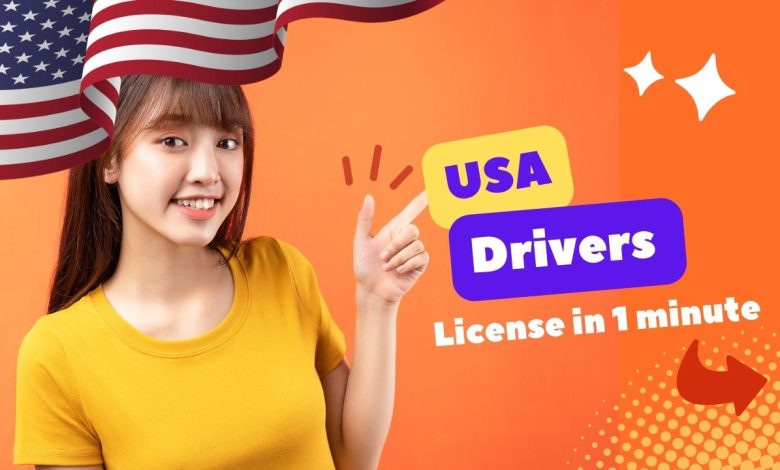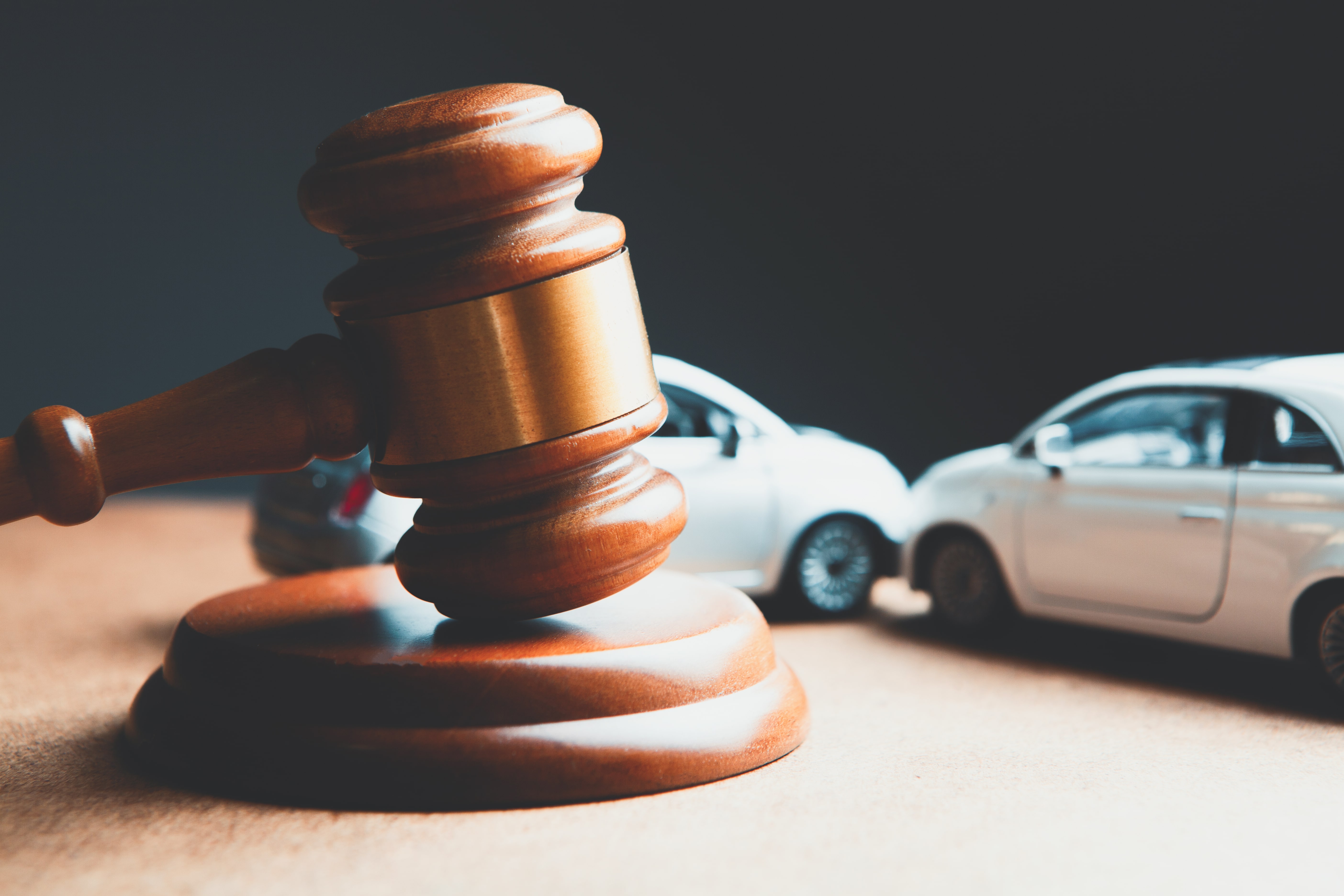A Step-by-Step Guide to Getting Your US Driver’s License

If you’re looking to legally operate a motor vehicle in the United States, obtaining a driver’s license is an essential step. Whether you’re a newcomer to driving or just starting out, this comprehensive guide will walk you through the process from obtaining a learner’s permit to achieving a full driver’s license. Plus, we’ll address key points and provide valuable insights to make your journey smooth and successful.
Getting Your Learner’s Permit
Before you hit the road as a new driver, here’s how you can obtain your learner’s permit:
1. Study the State’s Driver’s Handbook
Familiarize yourself with the rules and regulations outlined in your state’s driver’s handbook. This handbook is your go-to resource for understanding the basics of safe driving. You can easily access the handbook online through your state’s official DMV website or pick up a print copy at your local DMV.
2. Qualifications for a Learner’s Permit
Most states require individuals under 18 to hold a learner’s permit for a specific duration (usually 6 months to a year) before obtaining a full license. The minimum age requirement for a learner’s permit varies, typically ranging from 14 to 16 years old.
3. Provide Identity and Residency Proof
To obtain a learner’s permit, you’ll need to provide legal documents that verify your identity and residency. Accepted proof of identity includes a birth certificate, state-issued ID card, or passport. Residency proof could be utility bills, bank statements, or school transcripts if you’re under 18.
4. Pay Testing and Permit Fees
Before taking the written test, you’ll need to pay a fee, which varies by state (usually under $100). Some DMVs require payment when scheduling the permit appointment. Check accepted payment methods before visiting the DMV.
5. Take the Written Test
A written test based on traffic rules and regulations in the state driver’s handbook is required to obtain a learner’s permit. The test primarily focuses on signs and basic traffic rules. While observing other drivers can be helpful, it’s recommended to study the driver’s manual as well.
6. Pass the Vision Test
Clear vision is essential for driving. If you require corrective lenses, make sure to wear them during the vision test. The endorsement on your permit will indicate your need for corrective lenses while driving.
7. Obtain Your Learner’s Permit
Upon passing the written and vision tests, your photo will be taken, and you’ll receive your learner’s permit. Pay attention to the permit’s validity period and renewal requirements.
Learning to Drive
As a learner, you’ll want to gain practical experience before the road test for your full license. Here’s what you need to focus on:
1. Consider Driver’s Education
If you’re a high school student, your school might offer driver’s education classes. For adults, formal driving lessons can be beneficial, especially if you’re new to driving in the US or need to familiarize yourself with local driving laws.
2. Choose a Qualified Practice Partner
A licensed adult driver should accompany you while practicing with your learner’s permit. Passenger and age requirements vary by state, but experienced family members are often the best choices.
3. Review the Handbook
Even if you’ve passed the written test for the learner’s permit, you’ll likely need to take another written test for your full license. Refresh your knowledge by studying the driver’s handbook again.
4. Practice Written Tests
Many states offer practice tests online or through smartphone apps. Taking practice tests helps you become more familiar with the test format and content, reducing test anxiety.
Getting Your Driver’s License
Finally, here’s how you can transition from a learner’s permit to a full driver’s license:
1. Schedule the Driving Test
While some areas allow walk-ins, scheduling an appointment for the driving test is often recommended. Make sure to comply with any requirements, such as using your own vehicle.
2. Complete the Application
Each state requires a specific application for a full driver’s license. These forms can often be found on the state’s DMV website or completed in-person at the DMV.
3. Submit Required Documents and Fees
Bring original documents for identity verification and proof of residence. Check if your learner’s permit can serve as one form of identification. Additionally, pay the necessary fees, which are typically below $100.
4. Take the Written Test
The written test for a full license is more extensive than the learner’s permit test, covering a wider range of topics and scenarios.
By following these steps and guidelines, you’ll be well-prepared to obtain your US driver’s license, ensuring safe and legal driving on the roads. For more information and resources on driving in the US, you can visit A2Z Calculators, which offers a comprehensive fake drivers license generator to help you understand the process and requirements better. Remember, the journey from learner’s permit to full license is an exciting step toward independence and responsibility on the road.



